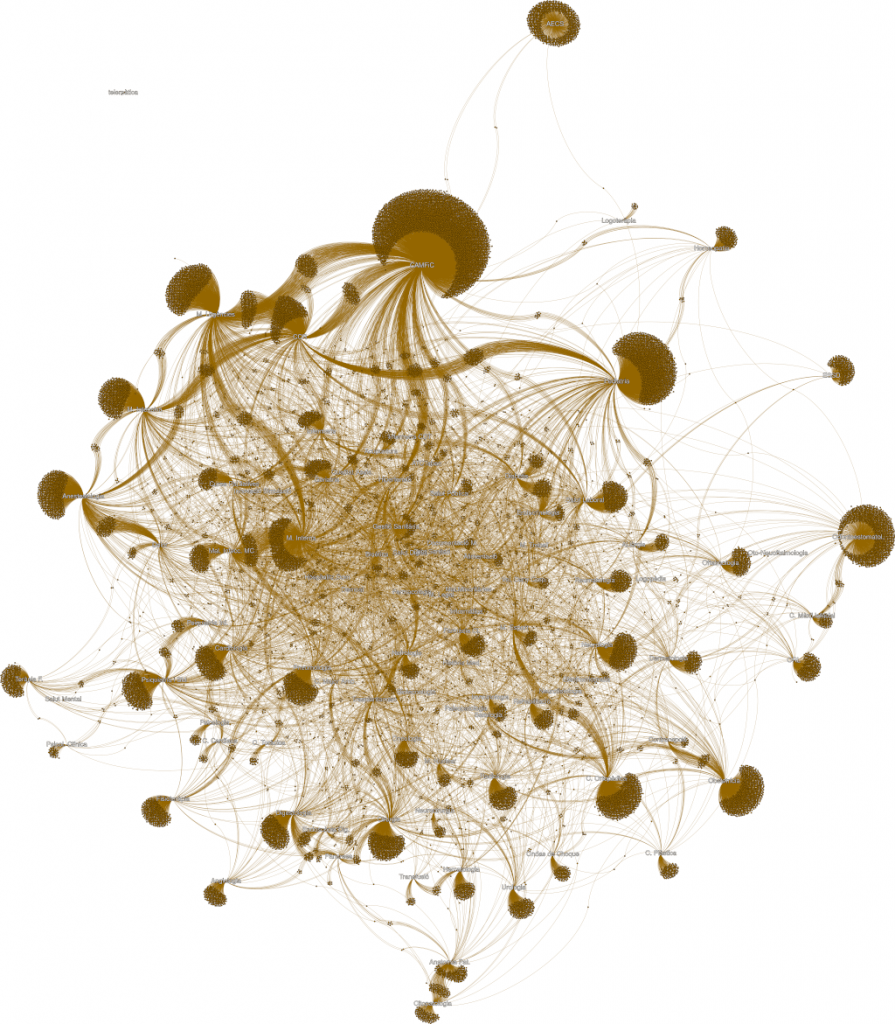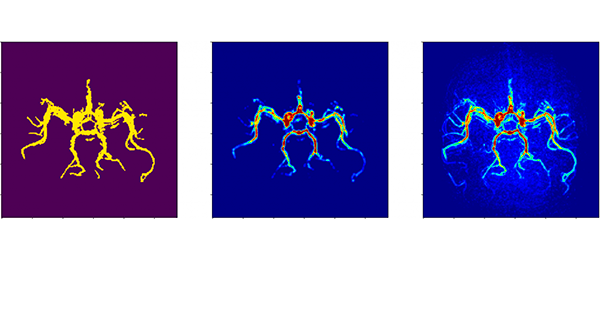Data, Analysis and Sensoring

Biomedical Image Processing
Multi-channel fluorescence microscopy | Super-resolution methods & molecular images | Cardiac & brain imaging | Calcium imaging & cell signalling | Fetal ultrasound | Magnetic Ressonance Imaging | Capsule endoscopy.
Data Analysis & IA
Exploratory data analysis | Advanced visualization methods | Data clustering | Dimensionality reduction | Supervised classification methods | AI interpretability.
Medical image analysis
Object segmentation | Colocalization of structures | Probabilistic object tracking | Extraction of features & biomarkers | Spatio-temporal patterns | Medical image databases.

Vasculomics
Identification of anomalous vascular brain patterns in pediatric patients. Automatic extraction of shape, size, and texture biomarkers.

Fetal ultrasound patterns
Identification of relevant structures and automatic assessment of the image quality.

Characterization of cell cultures
Segmentation of soma and neurites from multi-channel fluorescence microscopy. Advanced colocalization methods.

Fiber classification in histopathological samples
Individual fibers are segmented and classified according to different levels in muscle samples from patients affected by a mitochondrial disease.

Deep learning
The use of convolutional neural networks provides excellent results in complex Image classification problems. A highly efficient network of convolutional filters extracts relevant features which are then classified using supervised classification methods. We apply advanced AI explainability techniques in order to provide clinically meaningful representations of the identified patterns.

Vascular tortuosity
Characterization of complex patterns using a tortuosity index and analysis of the connection with other relevant clinical biomarkers.

Calcium imaging
Colocalization of molecular receptors and calcium dynamics in cardiac cells.
Life microscopy images allow quantifying the extension, location and frequency of the spontaneous calcium release events that are known to be the underlying mechanism associated to arrhythmia and fibrillation.

Data analysis / data science
Analysis of high throughput data, including metabolomics, methylation and genome wide expression.
Integrative analysis between several omics employing a knowledge graph or model-agnostic.
Functional enrichment with state of the art techniques and custom technologies.
Analysis of physiological signals, including linear and non-linear techniques (ECG, EEG).
Pattern Analysis and Machine Intelligence (AI) for clinical and biomedical devices.
Custom design of reactive data science dashboards including custom-built advanced graphical displays (D3, three.js, python/dash).
Automatic reporting from synchronous or event triggered events from biomedical databases.
Generic Big-Data related techniques and Deep Learning analysis.
Generic consultancy.

Brain patterns
Analysis of a dynamic sequence of brain images to automatically identify anomalous vascular patterns.


